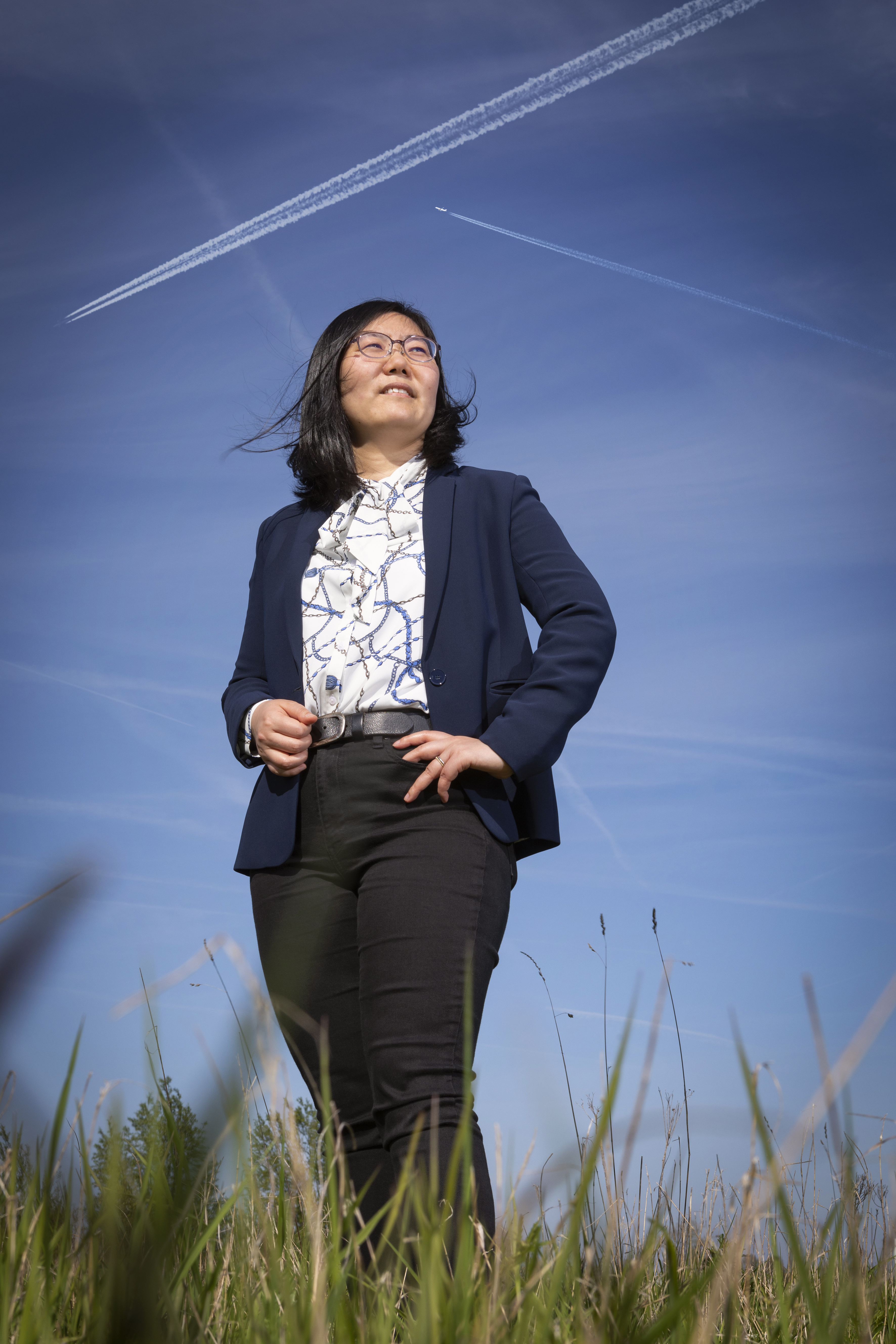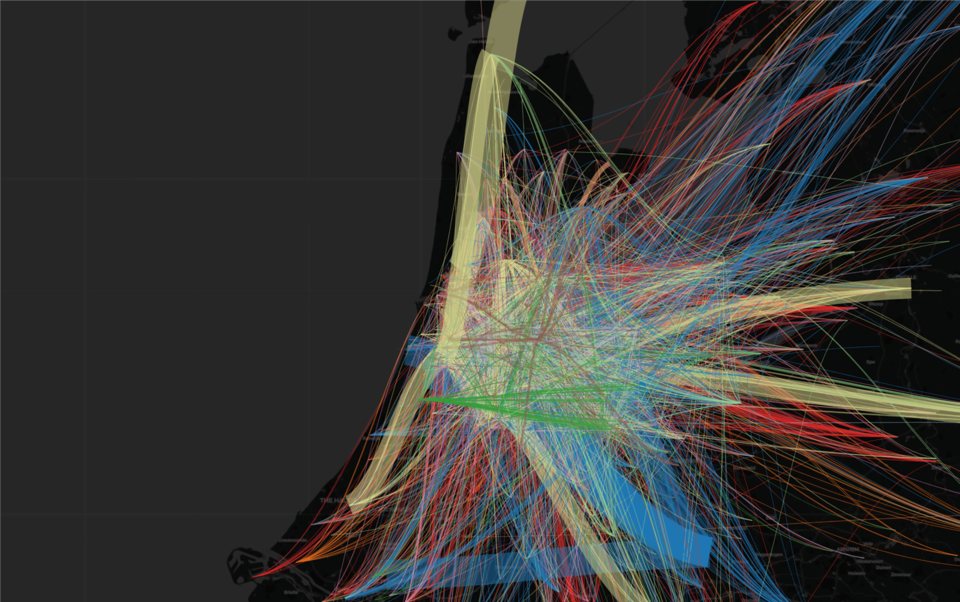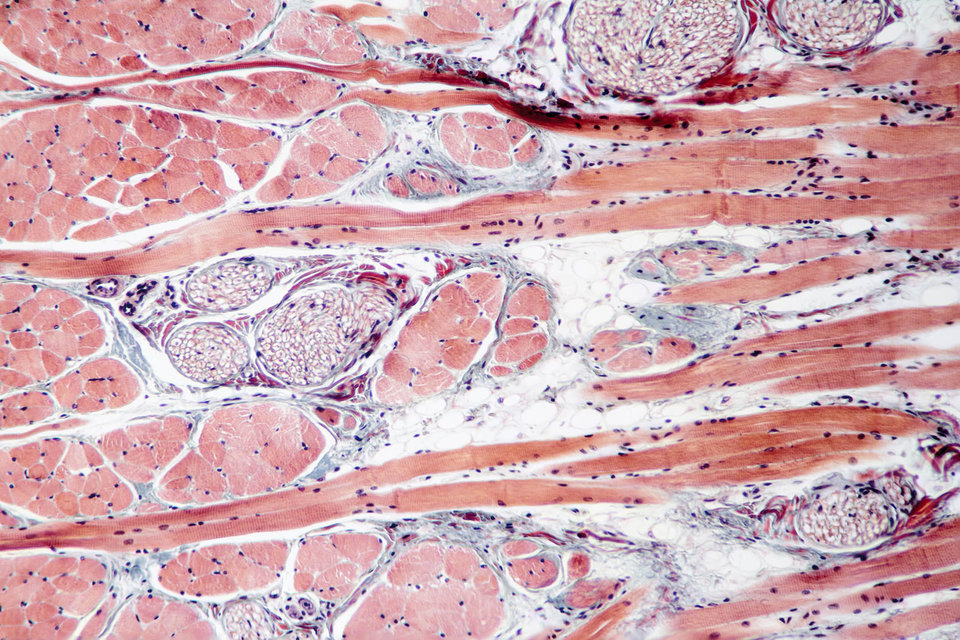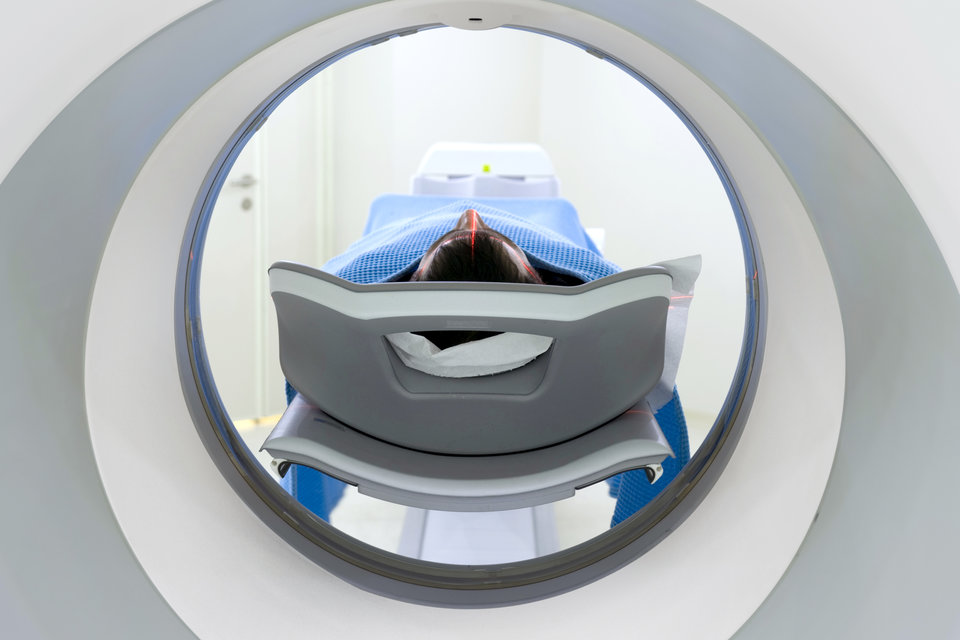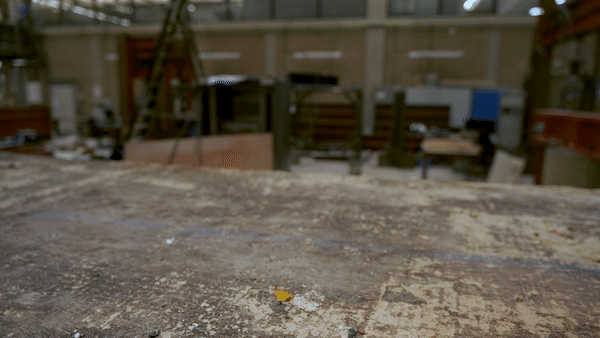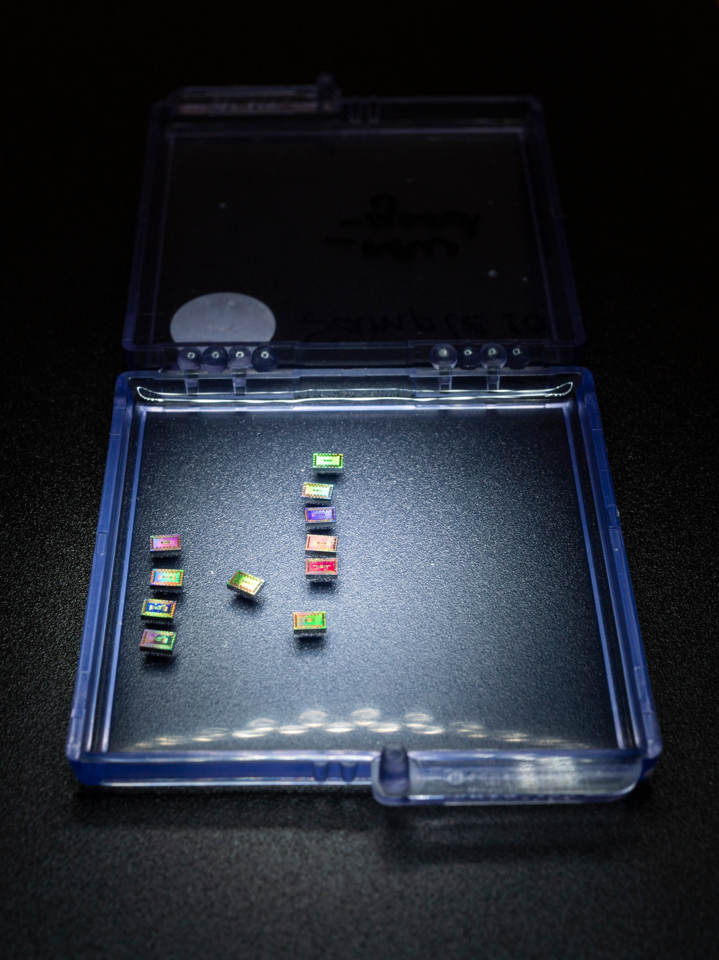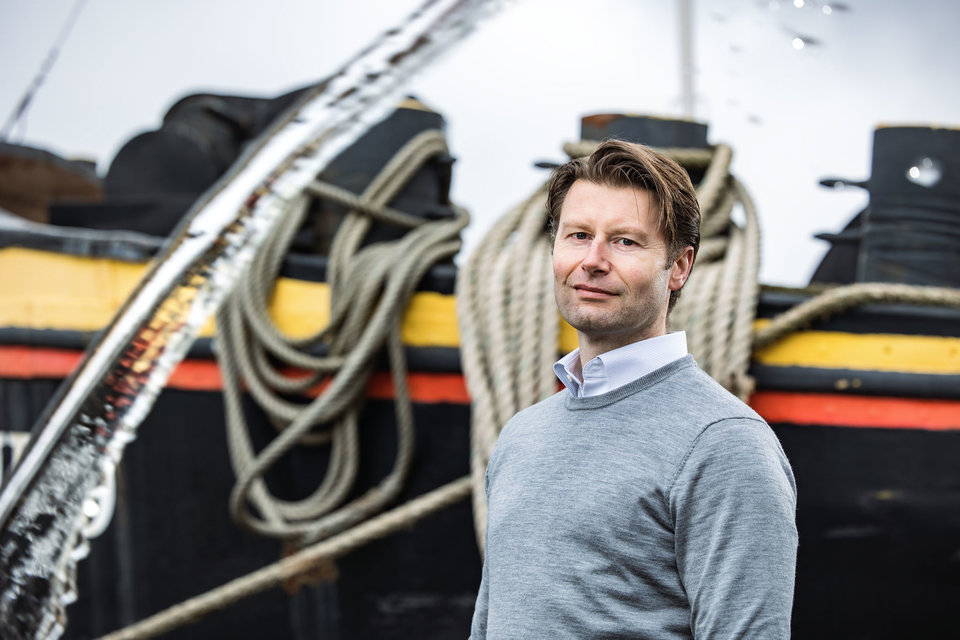It is widely known that aircraft with their CO₂ emissions contribute to climate change, however less attention is paid to the effects of the condensation trails they leave behind. Those trails have a significant impact on the greenhouse effect. Associate professor Feijia Yin is investigating how the formation of persistent condensation trails can be better predicted, so that aircraft can avoid areas in which they occur.
July 6th 2023
Like a chalk line, aircraft draw them through the air: condensation trails. Then they disappear again like snow in front of the sun. Contrails or condensation trails are created when emitted water vapour freezes in the air after kerosene has been burned, explains Feijia Yin. “Due to the low temperature at kilometres in height, water droplets start to crystallise, causing the trails to remain suspended. Within a few minutes to hours, they fade away again or blend with natural clouds.”
Contribution to the greenhouse effect
And that's precisely where the problem lies. Because the trails may appear innocent, by contributing to cloud formation they are reinforcing the greenhouse effect. A recent study by the European Commission has revealed that the climatic impact of condensation trails is even twice as great as that of CO₂. Yin explains: “As far as climate and aviation are concerned, the focus traditionally lies mainly on CO₂ emissions. While the research into the impact of condensation trails has been ongoing in the past decades, the question to what we can do about it is relatively new.”
Research into persistent condensation trails
The exact extent to which condensation trails contribute to global warming is being investigated in the European research project BeCoM, of which Yin is a leading member. Within the project, Yin collaborates with climate scientists to study the atmospheric conditions in which contrails form and persist. “Here I am mainly looking at trails that remain suspended in the air for a long time, the persistent contrails. Persistent means from several hours up to a day. It’s these trails in particular that reinforce the greenhouse effect. The impact of trails that disappear again within a few minutes or an hour is negligible.”
Temperature and Ice SuperSaturated Regions
According to Yin, for persistent contrails to exist, two factors are important. “The first is the temperature in the flight corridor (the airway, ed.). In general, you could say: the colder it is, the longer a trail remains suspended. The other factor is the Ice Supersaturated Regions (ISSRs). These are regions in the atmosphere in which a large number of ice particles form due to a high environmental humidity.”
Many uncertainties predicted
When you know the conditions under which persistent contrails form, you can think of measures to reduce contrails, says Yin. “The main challenge is the uncertainties about the weather forecast of ISSRs. With the help of enhanced humidity data and improved weather forecast models, such uncertainties can be reduced, thereby making the prediction more robust. To do this, I am working together with climate scientists and meteorologists.”
Opting for a different flight path
An accurate prediction can support the aviation industry in making their operation more sustainable. Yin explains: “For example, by avoiding areas in which persistent contrails exist. You can plan for an aircraft to detour around the ISSRs. As a result, you may have to deviate from the optimal flight path, which means that it will take longer to reach your destination. And that means higher costs and greater fuel consumption. It is therefore rather challenging to find the most efficient and least environmentally harmful path.”
Looking at the bigger picture
Not just the aviation industry, but policy makers too can benefit from her research, says Yin. “The main aspect under climate consideration is the reduction of CO₂ emissions in the current government objective for the aviation industry. We need to look at a much bigger picture, where the overall climate impact also includes factors, like condensation trails. My job as researcher is to create the awareness, show the portion of other factors and try to find solutions.”
Combination of technology and operation
Yin stresses that those solutions don’t just lie on the operational side, such as different flight paths. “In Delft, we are also looking at technical innovations, such as the design of new engines, fuels, and aircraft. In the other European research project HOPE, I’m leading, we are investigating hydrogen as a possible aviation fuel. One aspect of this is the effect of hydrogen on the formation of condensation trails. It is precisely the combination of the operational and technical side that I find extremely interesting.”
Visibility has a motivational effect
An accidental circumstance of her study is that Yin is no longer able to look at the air the same way. “When I look up, I only see condensation trails, ha ha. But I think it’s great that my research subject is so visible. Certainly when I see a persistent contrail, I think: we need to do something about that. So glancing upwards occasionally actually has a motivating effect. And of course it’s nice to show other people what I’m working on. I can tell you all there is to know about data and models, but a condensation trail captures the imagination much better.”

Dr. F. (Feijia) Yin
Associate Professor
✉ F.Yin@tudelft.nl


